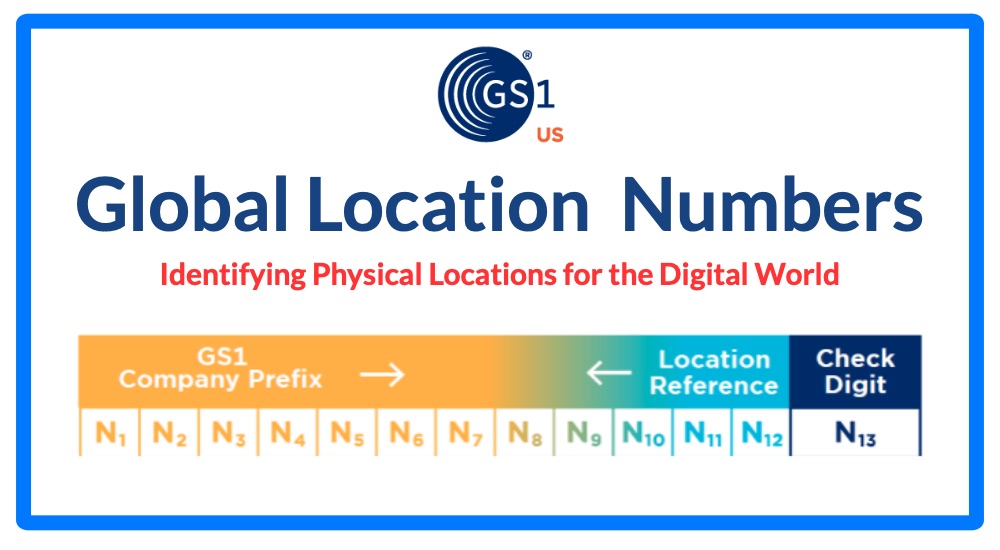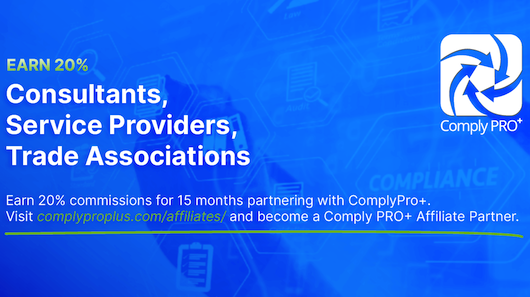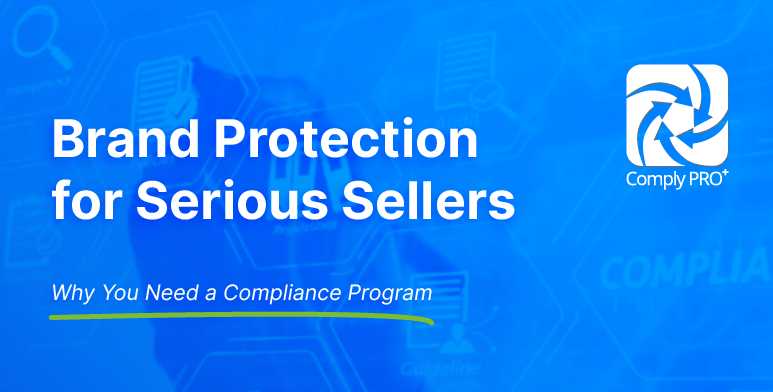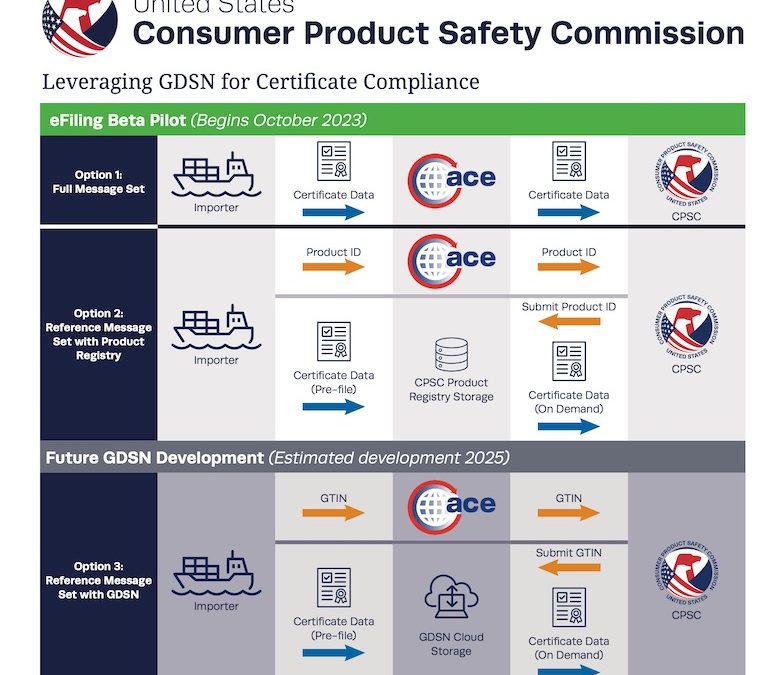
by Bill Jacoby | Sep 26, 2023 | Insights
The Global Location Number (GLN) is one of 12 unique Identification Keys within the GS1 Standards. Many businesses know of GS1 Standards from the retail industry’s most common product identifier, the Global Trade Item Number (GTIN). This is the number at the...

by Bill Jacoby | Aug 29, 2023 | Insights
Attention Consultants, Service Providers and Trade Associations Introduce Comply PRO+ to your clients to help them implement or enhance their consumer product safety compliance program and earn a commission by becoming an affiliate partner! Are you the right fit? The...

by Bill Jacoby | Jul 26, 2023 | Insights
Most Amazon sellers I have dealt with over the last thirteen years contact me to fix an issue with a test report, rejection of a certificate, or supporting documentation or to identify regulations needed to develop and launch a new product. When I ask them if they...

by Bill Jacoby | Jun 21, 2023 | Insights
Digital CPC’s and GCC’s are Coming The CPSC is committed to continuously improving its import surveillance process so that it may help reduce unreasonable risk of injuries and deaths associated with consumer products and help the agency maintain its...

by Bill Jacoby | Apr 25, 2023 | Insights
Regarding product safety, it is essential to stay ahead of the curve, and companies are often faced with the decision of how often to optimize their compliance program. Companies may ask themselves why they should change their existing program if it works. However,...






